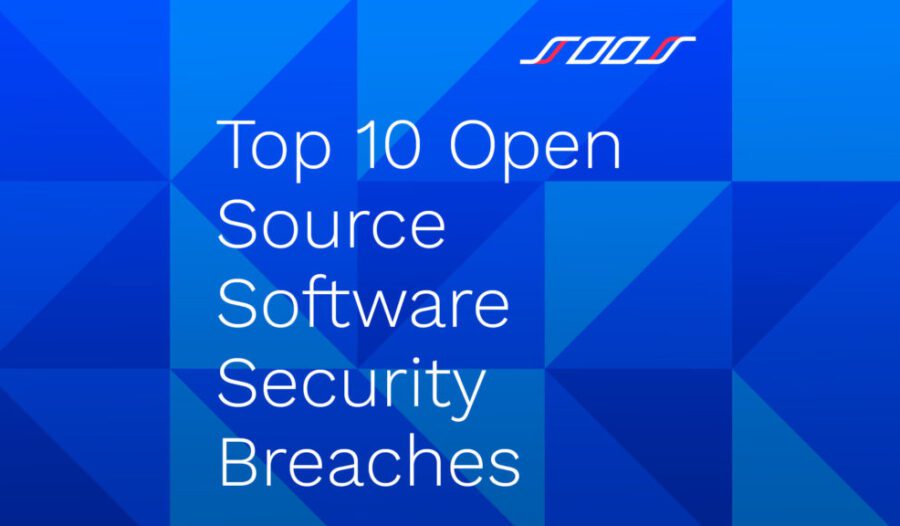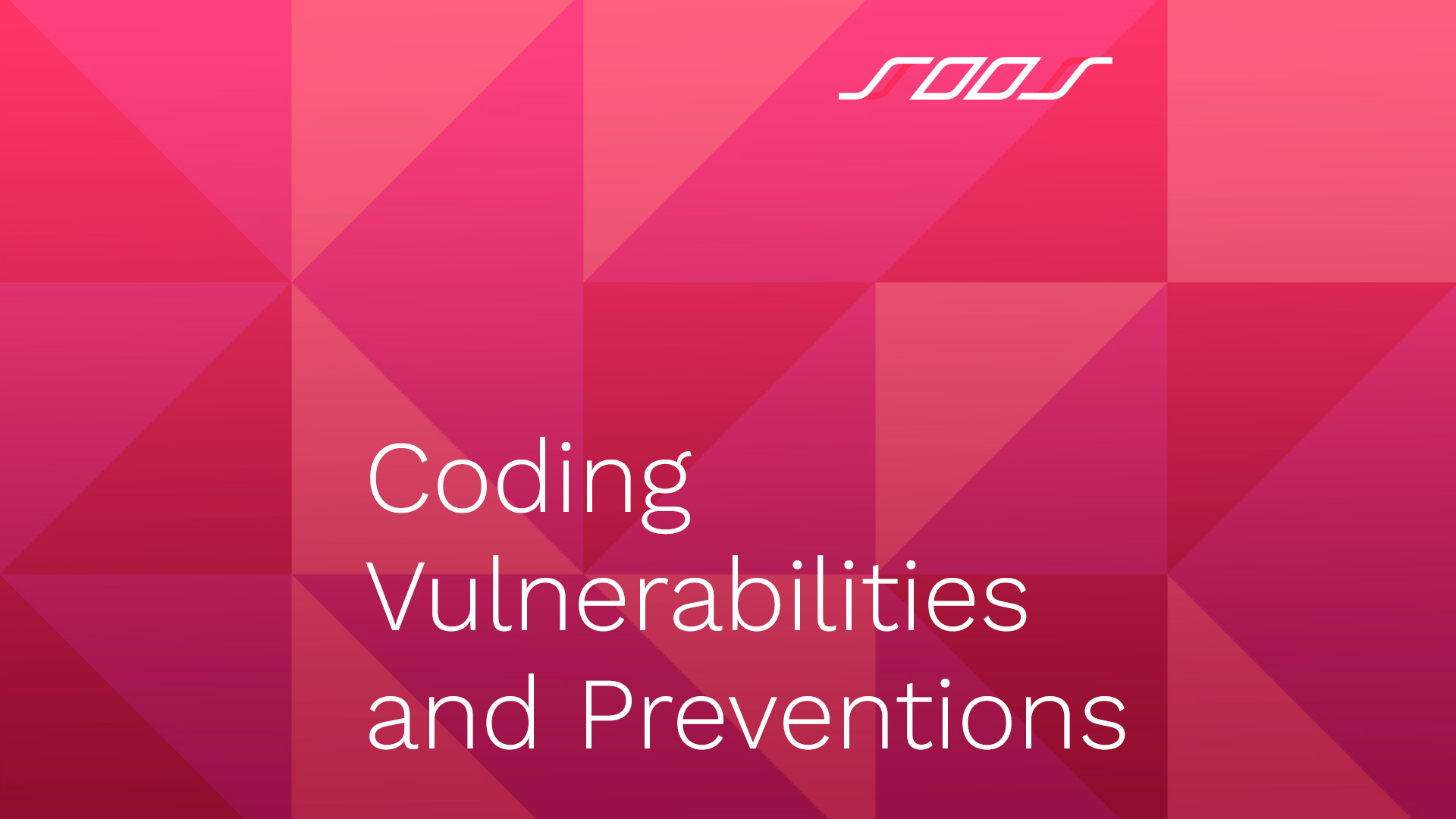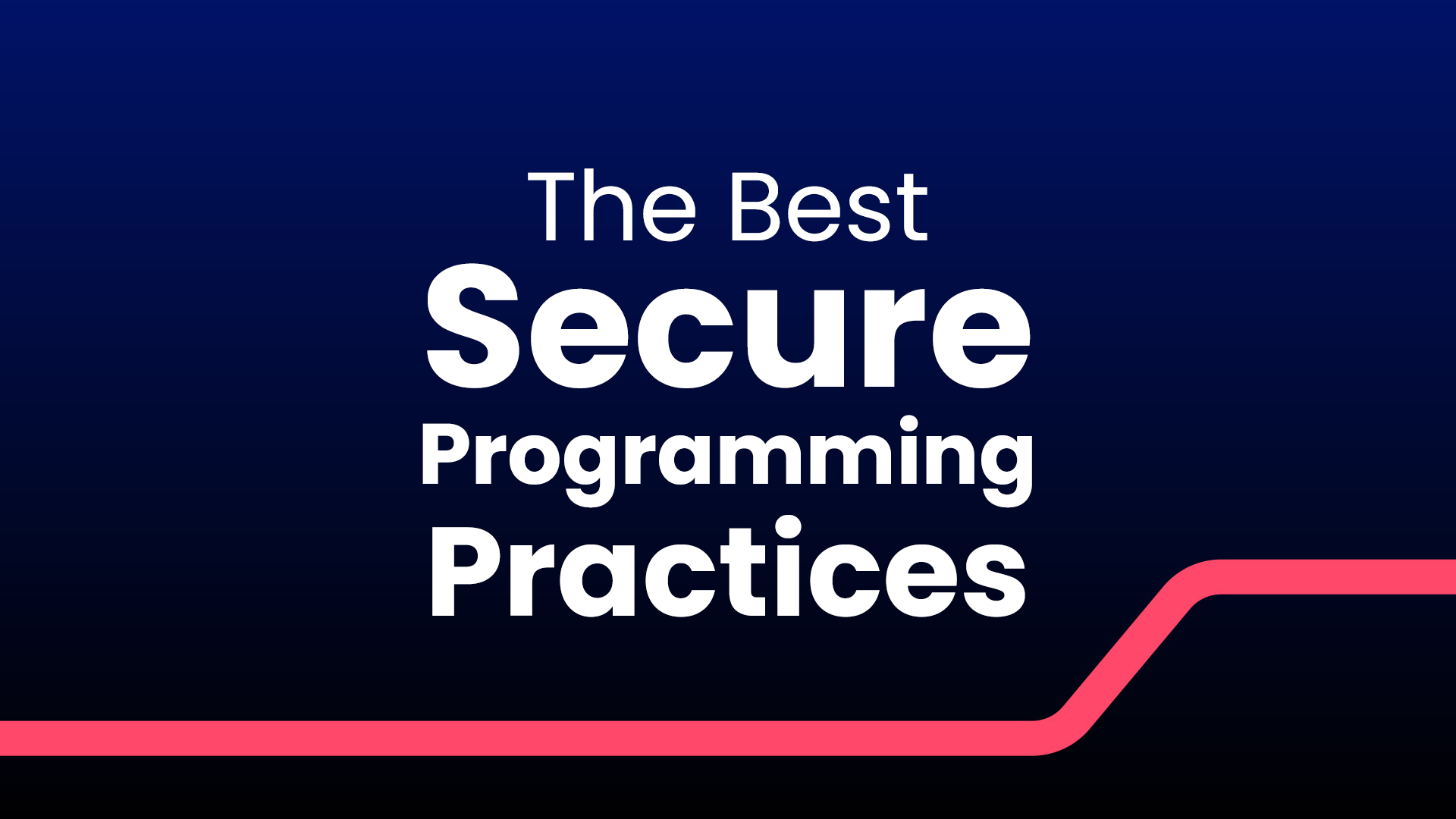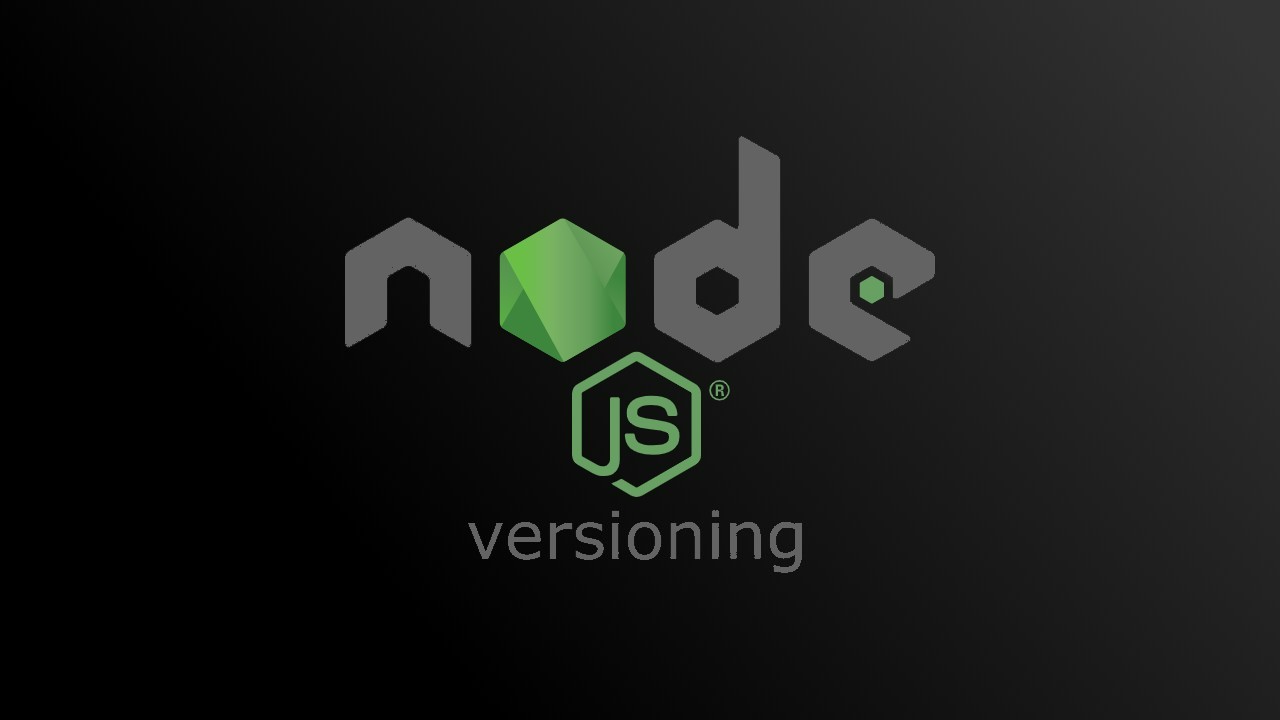The programming world needs to cope with the continual rise of data breaches and coding vulnerabilities every year. Despite the sustained effort to perfect coding languages and programs, programmers will always fall on either side of the spectrum of good or bad, meaning that black-hat coders are constantly searching for weaknesses in software and systems….
Continue ReadingDevOps
Coding Vulnerabilities and Preventions
Software vulnerabilities have existed since the advent of the internet. Errors, defects, bugs, and oversight give cybercriminals the advantage they need to steal data, hijack servers, or manipulate your systems. The more complex the technology, the more sophisticated the hackers’ techniques. The only way to thwart bad actors and secure your enterprise is to ensure…
Continue ReadingIs Python More Secure Than Java?
Computer science involves the learning and understanding of complex and intricate programming languages to develop sophisticated and secure applications, allowing for automatic and integrated functions. Python and Java are among the most popular languages because of their extensive libraries and evolving operations. While both languages are effective tools for any gifted programmer, choosing the right…
Continue ReadingSecure Code Development Guidelines
In 2020, data breaches affected 300.6 million people. Cyberattacks are the most common source of compromise. Many factors contribute to the prevalence of intrusions, including missing or insufficient security protocols, defects, bugs, and other vulnerabilities introduced through poor coding practices. Secure code guidelines for developers are best practices that not only help to prevent flaws…
Continue ReadingA Simple Guide to Secure Coding Principles
Digital security professionals recommend implementing a series of secure coding principles to reduce opportunities for cyber theft, breaches, and attacks. Though specifics may vary, applying these expert-developed guidelines can drastically improve your company’s security and minimize the damage of breakthrough attacks. Access Control If you’re trying to optimize security, safelisting is the ideal approach to…
Continue ReadingSecure Coding Basics
Despite a growing national and individual emphasis on digital security, cyberattacks continue to increase on a local and global level. As a result, developers have become increasingly overwhelmed by the necessity of creating and managing breach-proof code. Fortunately, it’s possible to achieve critical safety through basic security principles. Understanding what leads to insecure code, how…
Continue ReadingThe Best Secure Programming Practices
Nearly every organization gives secure programming practices lip service, but only an elite few make this goal a practical reality. Cyber predators never sit still. That harsh fact means that secure coding is a journey, not a destination. The best shops follow secure programming practices that building a reputation for shipping secure apps requires an…
Continue ReadingWhat Is Secure Programming? Learn the Basics
Deadlines are the dedicated programmer’s enemy, but they are a reality of the web development craft. In pursuing timely project turnovers, programmers must use open-source software to maintain efficiency and meet corporate projections. While OSS is a valuable tool in application building, the integration of open-source code presents security risks or vulnerabilities. Even without…
Continue ReadingSupply Chain Attacks – Defend Against Dependency Substitution and Typosquatting
If you’ve referenced open-source software in your software development process, you’ve relied on code published to public repositories as “packages”. These packages can be an attack vector when a malicious character uses Dependency Substitution or Typosquatting to ceate a supply chain attack. Those packages are downloaded and installed by a package manager. Each programming language…
Continue ReadingNode.js Versioning
Node.js versioning is an essential skill for developers aiming to rapidly deploy secure web apps. Read about the tools that tame version management.
Continue Reading









